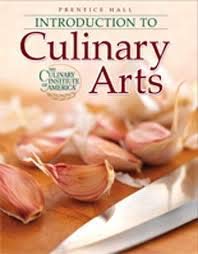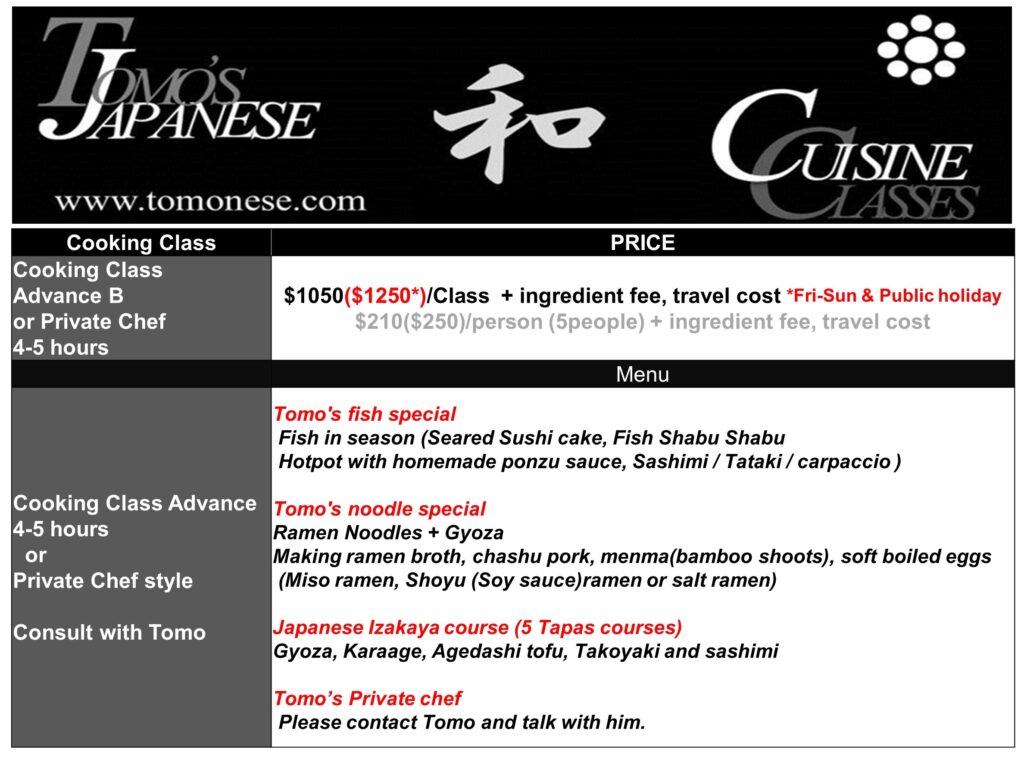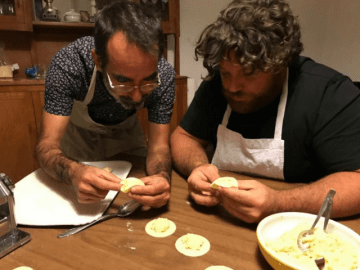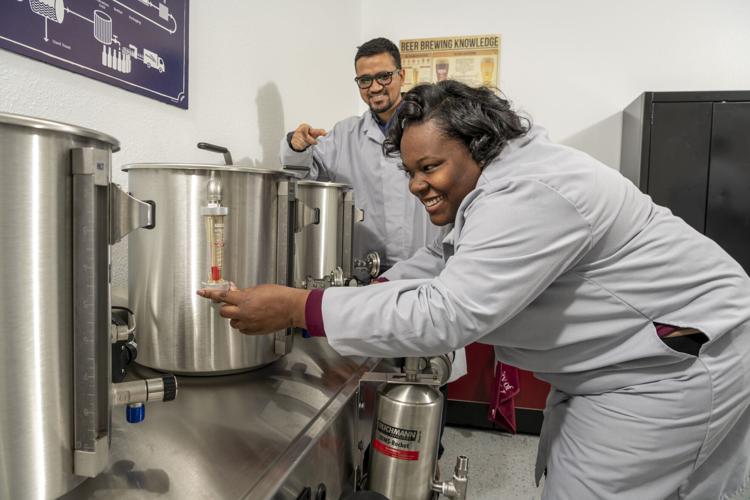Essential Business Travel Safety Tips for Professionals
Business Travel Safety Tips for Professionals
In today’s globalized world, business travel has become a necessity for professionals across industries. Whether you’re jet-setting to meet clients, attending conferences, or closing deals in distant lands, ensuring your safety on the road is paramount. Here are some essential tips to help you navigate the world of business travel with confidence and security.
Before You Go: Preparing for a Safe Journey
Preparation is key to a successful and safe business trip. Start by researching your destination thoroughly. Familiarize yourself with local customs, laws, and potential risks. Check travel advisories and register with your country’s embassy if necessary. Ensure all your travel documents, including passports, visas, and identification, are up-to-date and easily accessible.
Packing Smart: Essentials for Safe Travels
When it comes to packing for a business trip, less is often more. Stick to the essentials to minimize the risk of loss or theft. Invest in a secure, anti-theft travel bag or backpack to keep your belongings safe while on the move. Consider packing a portable door alarm or doorstop to enhance hotel room security. And don’t forget to pack any necessary medications, along with a basic first-aid kit, for unexpected emergencies.
Staying Connected: Keeping in Touch While Away
Maintaining communication with colleagues, friends, and family members back home is crucial during business travel. Share your itinerary and contact details with a trusted individual, so they know your whereabouts at all times. Consider using a reliable travel tracking app or service to provide real-time updates on your location. And always keep important phone numbers, such as those for emergency services and your company’s travel assistance provider, readily available.
Navigating Transportation: Tips for Safe Transit
Whether you’re flying, driving, or taking public transportation, safety should always be a top priority. Opt for reputable airlines and transportation providers with strong safety records. Arrive early for flights and adhere to security protocols at airports and train stations. When renting a car, choose a reputable rental agency and familiarize yourself with local traffic laws and driving conditions. And if using ride-sharing services, verify the driver’s identity and confirm vehicle details before getting in.
Choosing Accommodations: Selecting Safe Stays
Selecting the right accommodations can significantly impact your safety and comfort during business travel. Choose hotels located in safe, well-lit areas with good reviews from fellow travelers. Request a room on a higher floor, away from street-level access points, to minimize the risk of break-ins. Verify that your hotel offers adequate security measures, such as 24-hour reception, surveillance cameras, and secure room locks. And always use the hotel safe to store valuables when not in use.
Maintaining Awareness: Remaining Vigilant at All Times
One of the most effective ways to stay safe during business travel is to maintain situational awareness. Stay alert to your surroundings and trust your instincts if something feels off. Avoid sharing sensitive information or displaying expensive belongings in public places. Be cautious when using ATMs or handling money, especially in crowded areas. And if you find











